Pilates Vs Yoga: Which One Is Best For You?
The post Pilates Vs Yoga: Which One Is Best For You? appeared first on The Yoga Nomads.

Yoga and pilates are often grouped in the same category of low-impact or body and mind exercise. They are also simultaneously recommended by health or fitness experts for stress relief, physical therapy, or as a way to lose weight. However, despite their similar benefits, pilates and yoga differ in many ways.
If you’ve never practiced either, you’re probably wondering what the difference between them is. Or, if you have tried only one, you may wonder if the other practice could be more beneficial for you. Read on to learn the main differences and similarities between pilates and yoga so you can decide which is best for yourself.
What is yoga?
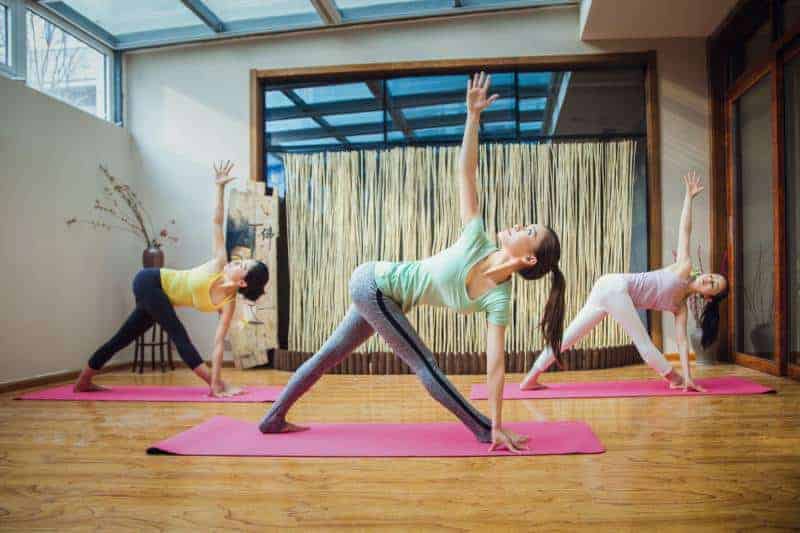
Yoga is an ancient spiritual practice that cultivates a mind-body connection. The holistic approach combines physical postures with mindfulness, meditation, and spiritual teachings. As a result, yoga has a broad range of benefits for your physical, mental, and emotional health.
Yoga was traditionally practiced by Indian monks as a way to advance along their spiritual path and reach enlightenment. However, the modern form practiced in the western world today is a mindful and relaxing exercise.
What is Pilates?
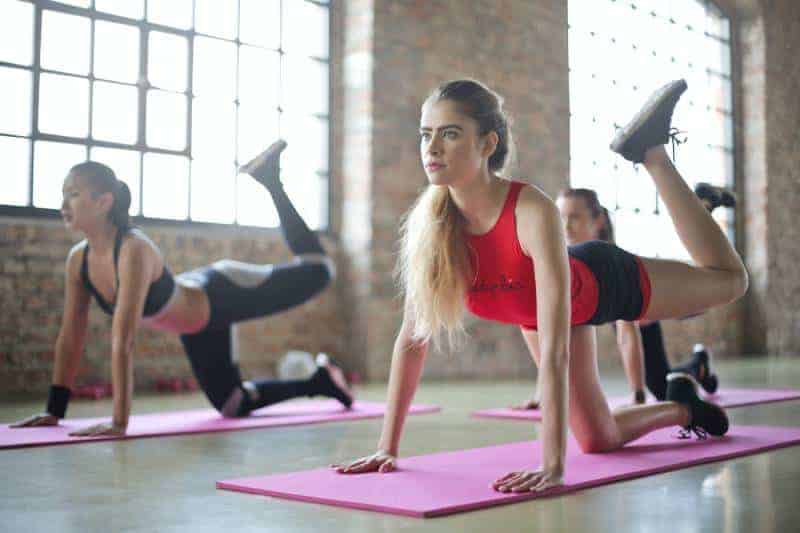
Pilates is a body conditioning exercise with an element of a mind-body connection. Its benefits include increased muscle tone, improved posture, and increased flexibility. The method focuses predominantly on the core but strengthens and stretches muscles all over the body.
What is the difference between a pilates class and a yoga class?
Now that you have a brief understanding of yoga and pilates let’s look at the primary differences between the two.
Pilates is a movement practice, and yoga is a spiritual path

Yoga is so much more than a physical practice. Ancient yogic teachings from the Ashtanga yoga lineage state that the yoga postures (asana) are just one of eight limbs of yoga. Along with asana, breath work, meditation, and living according to moral codes known as the Yamas and Niyamas are essential for practicing yoga and advancing along the spiritual path.
Traditionally, a yoga class consists of equal parts of asana, meditation, and breathing exercises. However, many Western yoga teachers focus predominately (or solely) on asana, with just a short time dedicated to meditation and breathing techniques.
The practice of pilates is a disciplined method like yoga, but it lacks the spiritual aspect. Yoga is meant to be lived both on and off the mat, but pilates is purely a physical activity with similar effects on mental wellbeing.
While there is a mind and body connection, pilates is predominately a physical system. This is because the primary purpose of pilates is to improve physical health, while the traditional goal of yoga is to reach enlightenment.
As a result, you will find that you feel different after a yoga class compared to a pilates class. In particular, yoga practitioners feel a stronger sense of calm and peace thanks to the spiritual and mindfulness component.
Yoga is from the pre-Vedic period, whereas Joseph Pilates developed his method in the 1900s
One of the main differences between yoga and pilates is the age of the practice. Yoga has been around for over 5,000 years (although not in the western world), whereas pilates is only about 100 years old. Because of pilates’s short history, we know much about how the practice came to be. However, a large part of yoga’s creation remains a mystery.
Yoga originates from India, Pilates originates from the USA
Yoga originated in the east well before coming to the west. In contrast, pilates was founded in the USA, although Joseph Pilates was German. Joseph and his wife emigrated to the USA in the early 1920s, where they developed and taught what is today the Pilates method.
The origins of yoga can be traced back to northern India, where the practice was mentioned in ancient Hindu texts known as The Vedas. However, yoga did not become popular in the west until the 1890s, when Indian monks began traveling to western countries, sharing the practice. Swami Vivekananda was one of the first to bring yoga to the USA. Still, Indra Devi, BKS Iyengar, and Bikram Choudhury popularised it there.
They use a different type of breath control
Pilates does not have specific breathing exercises like yoga. Still, breath control and deep breathing are vital to the practice nonetheless. Like with yoga, it is essential to breathe fully with intention and attention in pilates, and it is one of the original six principles of the practice.
However, a pilates instructor will cue the breath differently from a yoga teacher. For example, in a pilates session, you inhale through the nose and exhale through the mouth, whereas in a yoga lesson, you inhale and exhale through the nose.
The pilates breathing technique is called lateral, or intercostal, breathing and involves maintaining engagement of the abdominal muscles. The yogic technique is belly breathing, which helps oxygenate the blood and promotes relaxation.
Some pilates classes use machines, while yoga classes do not
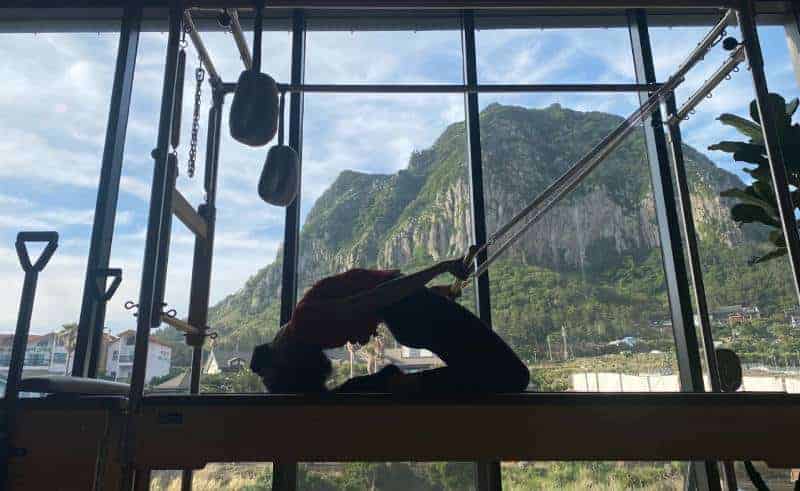
Traditional pilates consists solely of mat work. However, there is a newer style of pilates called reformer pilates which uses a reformer machine that you lay on to do the exercises. The device adds resistance, making the stretches more intense than just using your own body weight in mat classes. Reformer pilates focuses on core strength and proper muscle engagement.
There are many different yoga styles, but known of them use machines. However, props like blocks and bolsters are standard in most yoga styles, particularly restorative and yin yoga.
What are the similarities between pilates and yoga?
Despite these differences, yoga and pilates do share a fair amount in common, such as:
Both are low-impact workouts
Firstly, despite their differences, pilates and yoga are low-impact exercises and, thus, more accessible for people with low fitness levels or injuries. They work the muscles and joints but do not put significant strain on them compared to high-impact workouts like running or weight lifting.
Both create a mind-body connection
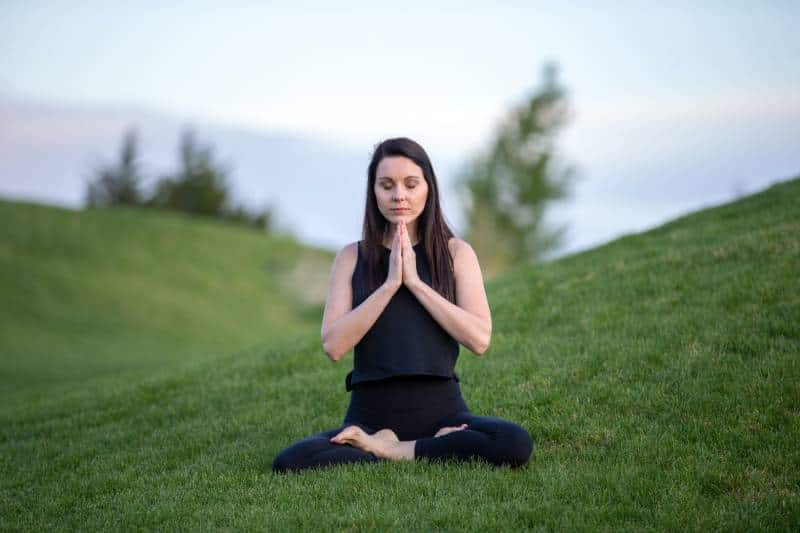
Yoga means “to unite” in Sanskrit and is famously known for its holistic approach to wellbeing. However, traditional pilates is also beneficial for both the mind and body. The founder Joseph Pilates even created six fundamental principles (centering, concentration, control, precision, breath, and flow) for this purpose.
Both yoga and pilates build strength
Despite being low-impact exercises, both yoga and pilates are excellent at building strength. Pilates focuses predominantly on strengthening the core muscles. In contrast, dynamic yoga styles like vinyasa yoga are excellent at building strength in the legs and the upper body. This is due to the challenging standing balances like Warrior 3 and the weight-bearing postures like plank and Chaturanga Dandasana.
Both improve flexibility
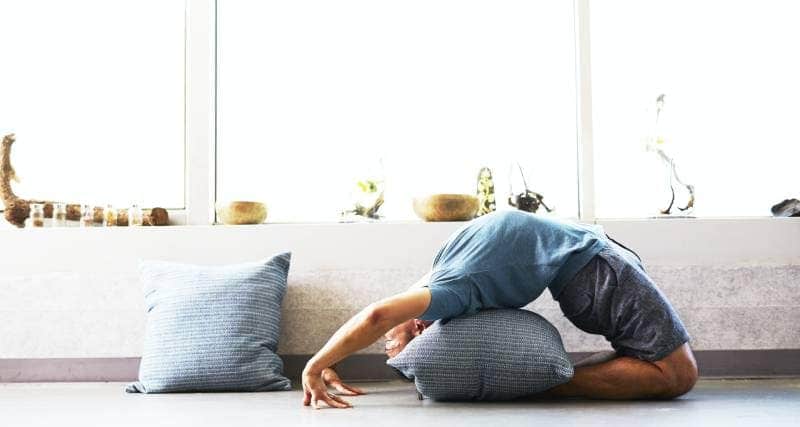
Both pilates and yoga are excellent for improving flexibility and increasing the range of motion in the joints because they involve stretching warm muscles. In Vinyasa, Ashtanga, or Hatha yoga, you start by warming up the entire body with dynamic movements. You then hold static poses for five to 10 breaths each.
In pilates, there is no specific warm-up section; instead, you warm up the muscles by doing dynamic movements while stretching. While the techniques are different, yoga poses and pilates exercises allow you to go further into a posture.
Both can help you loose weight
Both mat pilates and reformer pilates help you get a flatter and firmer stomach. This is not only because many frequent pilates exercises target the abdominal muscles. The improvement in muscle tone many pilates students see is because of the type of muscle contraction used. Eccentric contraction is when muscles elongate under tension, resulting in long, strong muscles that create a leaned and toned appearance.
Several styles of yoga can also help with weight loss, especially “hot yoga.” Hot yoga is performed in a heated room with sauna-like temperatures, allowing the practitioners to sweat out toxins, burn additional calories, and lose weight.
If you’re not one for the heat, try power yoga instead. Power yoga is a fast-paced style of Vinyasa with additional core work and challenging postures to increase strength, like arm balances.
Both improve posture
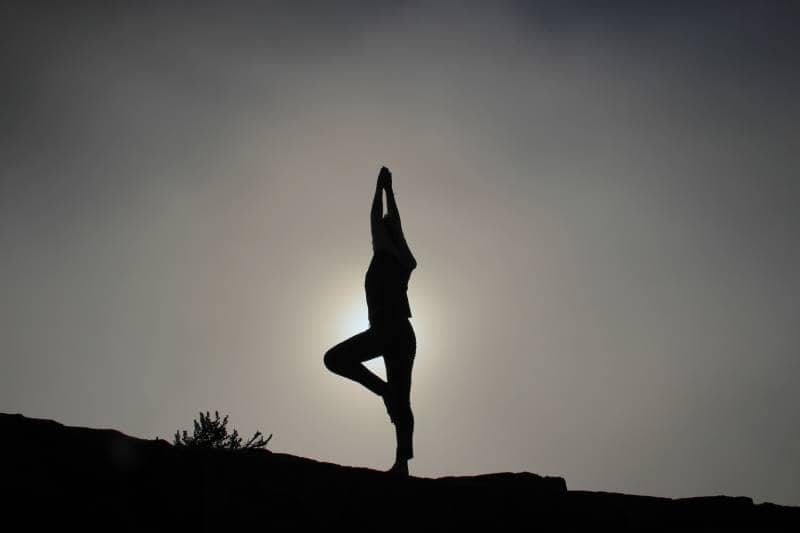
Better posture is another shared benefit worth mentioning. Both yoga and pilates strengthen the back and core and promote proper spinal alignment. This naturally makes you more aware of your posture in everyday life and much more likely to correct bad form.
Good posture is essential as it reduces tension in the back and neck when sitting, improves blood flow, and makes you appear more confident and assertive.
Pilates vs yoga: How to decide which is best for you

As we’ve discussed, yoga and pilates are both effective exercises with many proven benefits. Choosing which one to practice is purely a personal preference. To pick the right one, consider what you hope to achieve from the practice.
Pilates might be the best choice for you if your sole aim is to increase your strength and flexibility and lose a few pounds. However, yoga will be most beneficial if you want to improve your overall wellness, including your mental health, and/or explore spirituality.
Knowing the difference between the physical benefits of the two practices will also help you decide whether to go to a yoga or pilates class. Pilates is excellent for general muscle recovery, so it benefits regular gym goers and people who do a lot of high-impact sports. Still, yoga can be highly effective at preventing sports injuries, so it is beneficial to athletes. A regular yoga practice can also improve immune and heart health and prevent many health ailments.
Also, note that both pilates and yoga are suitable for beginners. However, there are many styles of yoga, some more challenging than others. If you are new to the practice, yin yoga, restorative yoga, or Iyengar yoga are good places to start. Their slow pace helps you to listen to your body and discover its limitations, which will prevent injury.
Can you combine yoga and pilates?
Yoga and pilates complement each other very well, so there is no reason why you cannot practice them both. To get the most from both practices, we recommend doing them as separate workouts, perhaps on alternating days.
Note that you can also find Yogalates classes that combine yoga poses with pilates movements in one session. The hybrid combines the beneficial techniques of each practice and can be a great way to get a feel for each method.
Final thoughts on pilates vs yoga
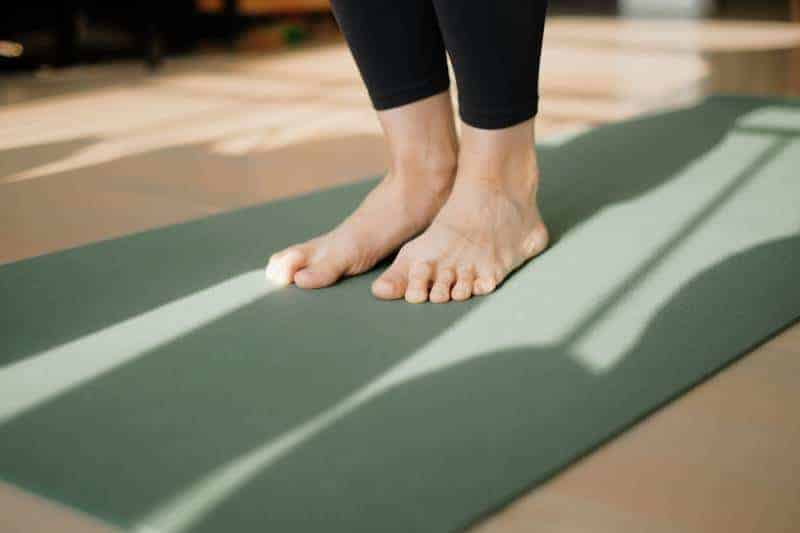
Whether you’re looking to burn calories, increase muscle strength, reduce stress, or achieve relaxation, yoga and pilates are two excellent practices worth trying. While their origins, methods, and techniques are distinctly different, both pilates and yoga can significantly improve your overall body condition and wellbeing.
If you’re unsure which one to choose, why not try them both and see which one appeals to you the most? Just be sure to follow the guidance of a certified yoga or certified pilates instructor to learn the correct alignment of the physical poses and avoid injury.

 Koichiko
Koichiko 
































